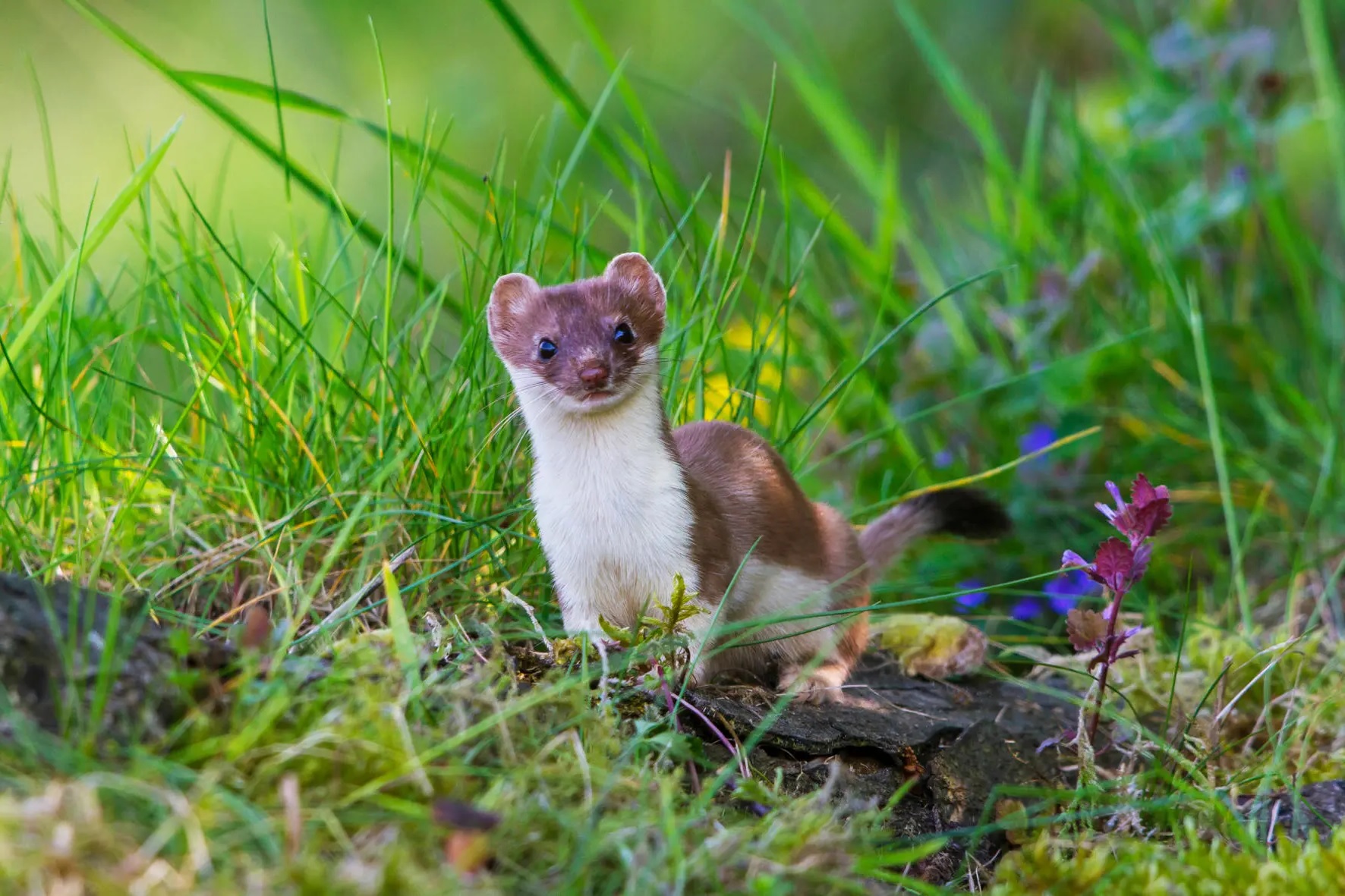
Ever wondered what makes stoats so fascinating? These small, agile creatures are more than just cute faces. Stoats, also known as short-tailed weasels, have a lot of interesting traits and behaviors that make them stand out in the animal kingdom. From their incredible hunting skills to their seasonal coat changes, stoats are full of surprises. They can be found in various habitats, from forests to grasslands, and even in urban areas. Their playful nature and curious habits make them a joy to observe. Ready to learn more about these amazing animals? Let's dive into 24 great stoat facts that will leave you amazed!
What is a Stoat?
Stoats are small, fascinating mammals known for their agility and cunning nature. These creatures belong to the weasel family and are often mistaken for their close relatives. Let's dive into some intriguing facts about stoats.
-
Stoats are also called short-tailed weasels or ermines, depending on the season and their fur color.
-
They have a slender body, which helps them navigate through narrow spaces while hunting.
-
Stoats can be found in various habitats, including woodlands, grasslands, and even mountainous regions.
Stoat Physical Characteristics
Understanding the physical traits of stoats can help differentiate them from other similar animals. Here are some key characteristics.
-
Their fur changes color with the seasons—brown in summer and white in winter, except for the black tip on their tail.
-
Stoats have a body length ranging from 17 to 32 centimeters, with males being larger than females.
-
They possess sharp claws and teeth, perfect for catching and eating small prey.
Stoat Behavior and Diet
Stoats are known for their unique hunting techniques and dietary preferences. Here are some facts about their behavior and what they eat.
-
They are carnivorous, primarily feeding on small mammals like rabbits, rodents, and birds.
-
Stoats are known for their "dance of death," a series of rapid, erratic movements used to confuse and catch prey.
-
They are solitary animals, usually coming together only during the breeding season.
Stoat Reproduction and Lifespan
The reproductive habits and lifespan of stoats are quite fascinating. Here’s what you need to know.
-
Female stoats can delay implantation of fertilized eggs, allowing them to time the birth of their young for optimal conditions.
-
A typical litter consists of 6 to 12 kits, born blind and helpless.
-
Stoats have a lifespan of about 4 to 6 years in the wild, though many fall prey to larger predators.
Stoat Adaptations and Survival
Stoats have developed several adaptations that help them survive in the wild. These adaptations are crucial for their survival.
-
Their ability to change fur color provides excellent camouflage against predators and prey.
-
Stoats can swim and climb, making them versatile hunters.
-
They have a high metabolism, requiring them to eat frequently to maintain energy levels.
Stoat Interactions with Humans
Stoats have had various interactions with humans, some beneficial and others problematic. Here are some notable interactions.
-
In some cultures, stoats are considered symbols of purity and are featured in art and folklore.
-
They have been introduced to certain regions, like New Zealand, to control rabbit populations, but this has led to ecological issues.
-
Stoats can sometimes be pests, preying on poultry and other small livestock.
Conservation Status of Stoats
The conservation status of stoats varies by region, but they generally face few threats. Here’s a look at their status.
-
Stoats are listed as "Least Concern" by the IUCN, indicating a stable population.
-
Habitat destruction and climate change could pose future threats to stoat populations.
-
Conservation efforts focus on maintaining natural habitats and controlling invasive species that threaten stoats.
Fun and Lesser-Known Stoat Facts
There are many fun and lesser-known facts about stoats that make them even more interesting. Here are a few.
-
Stoats are excellent jumpers, capable of leaping several times their body length.
-
They communicate using a variety of vocalizations, including hisses, growls, and screams.
-
Stoats are known to play with their food, often tossing it in the air before eating.
Stoats: Nature's Tiny Marvels
Stoats are fascinating creatures with their agility, hunting prowess, and seasonal camouflage. These small yet mighty predators play a crucial role in their ecosystems by controlling rodent populations. Their ability to adapt to various environments, from forests to grasslands, showcases their resilience. Despite their cute appearance, stoats are fierce hunters, capable of taking down prey much larger than themselves. Their unique behaviors, like the mesmerizing "weasel war dance," add to their charm. Understanding stoats helps us appreciate the intricate balance of nature and the importance of every species within it. Next time you spot a stoat, remember these incredible facts and the vital role they play in maintaining ecological harmony.
Was this page helpful?
Our commitment to delivering trustworthy and engaging content is at the heart of what we do. Each fact on our site is contributed by real users like you, bringing a wealth of diverse insights and information. To ensure the highest standards of accuracy and reliability, our dedicated editors meticulously review each submission. This process guarantees that the facts we share are not only fascinating but also credible. Trust in our commitment to quality and authenticity as you explore and learn with us.


